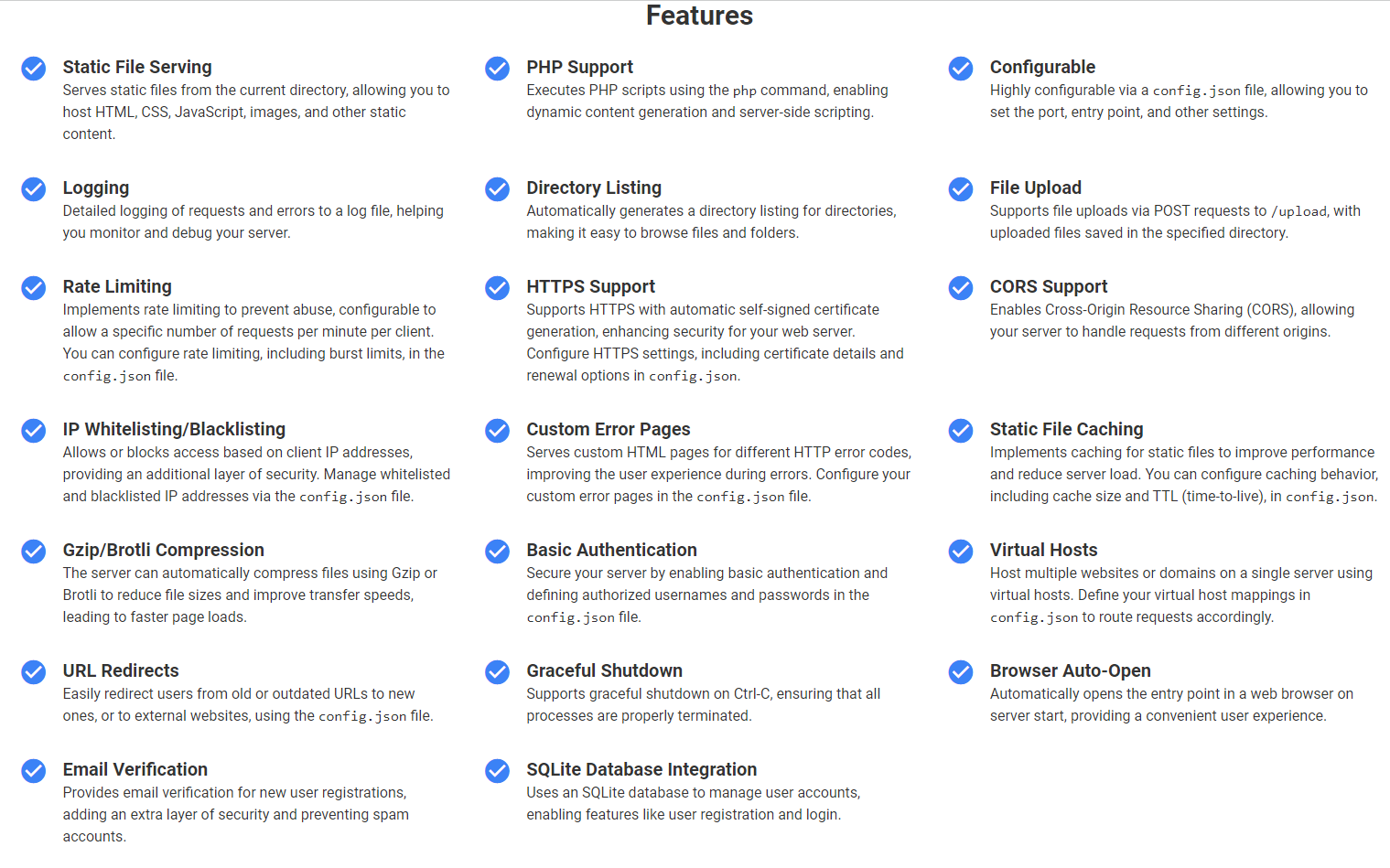1
Official Announcements / Re: New server/OS update
« on: August 06, 2024, 05:44 PM »
ok so, based on those examples, that's 4 outages since 2019, totalling 246 minutes ( a little over 4 hours).
I'm by no means defending those outages, but it's a little hard not to find the following sentence a little dramatic "Clownflare tends to be the reason for sites to be completely unavailable", when it was the reason for only slightly over 4 hours, in 5 years.
Anyway, this has absolutely nothing to with the thread. The issue was a traffic attack, which Cloudflare mitigated within minutes of turning on Attack Mode, so regardless of your feelings on it, the service provided the desired outcome for what DC needed. /shrug
I'm by no means defending those outages, but it's a little hard not to find the following sentence a little dramatic "Clownflare tends to be the reason for sites to be completely unavailable", when it was the reason for only slightly over 4 hours, in 5 years.

Anyway, this has absolutely nothing to with the thread. The issue was a traffic attack, which Cloudflare mitigated within minutes of turning on Attack Mode, so regardless of your feelings on it, the service provided the desired outcome for what DC needed. /shrug






